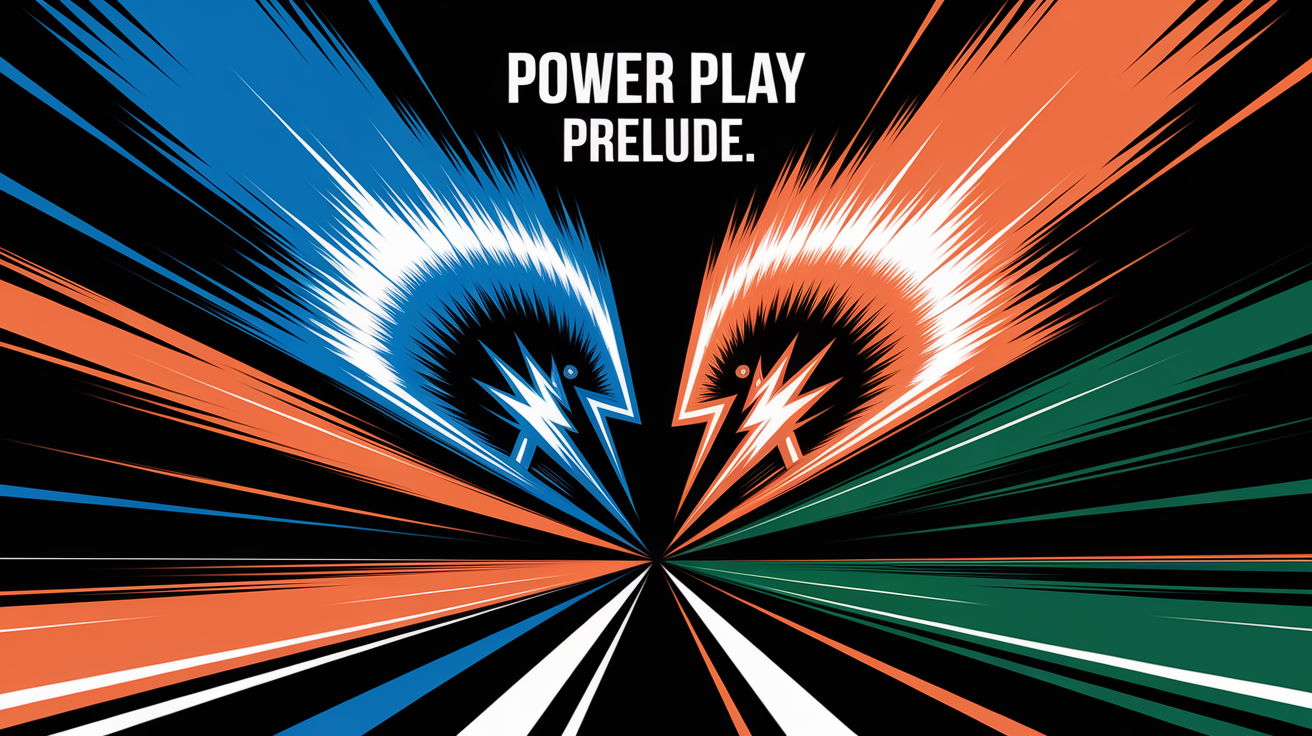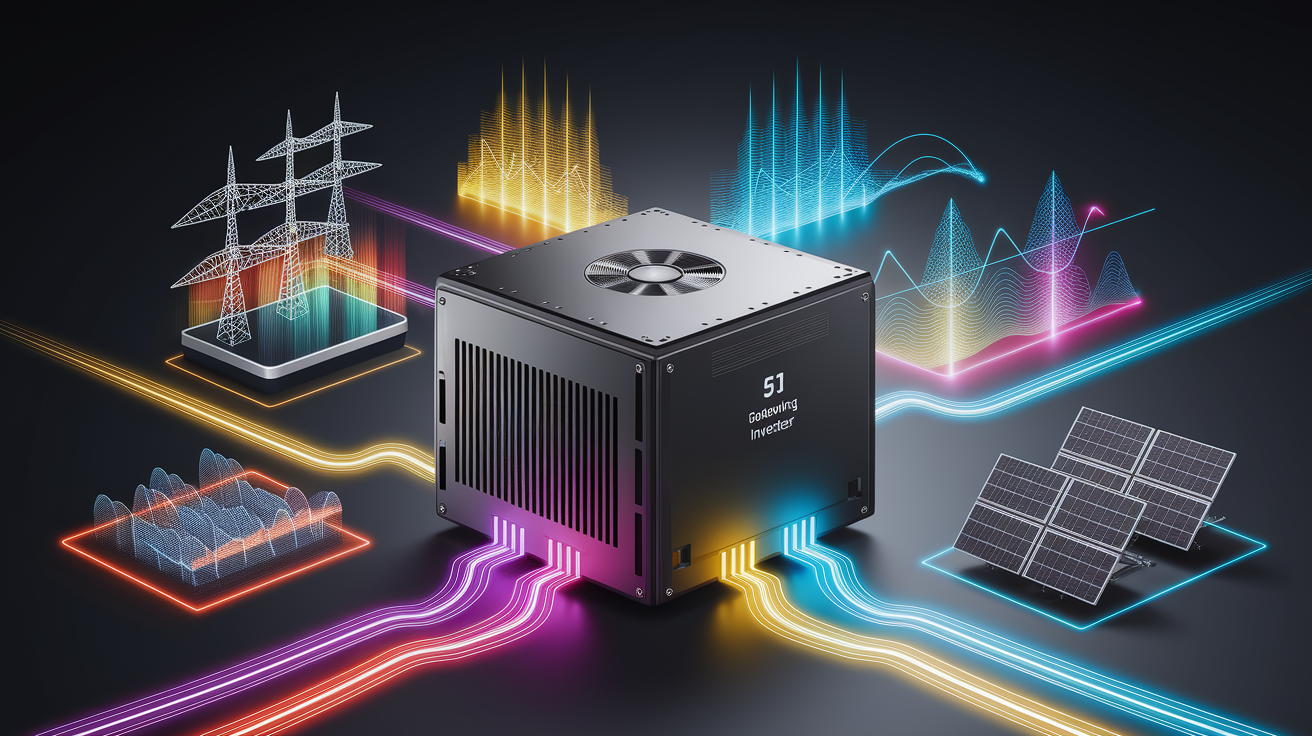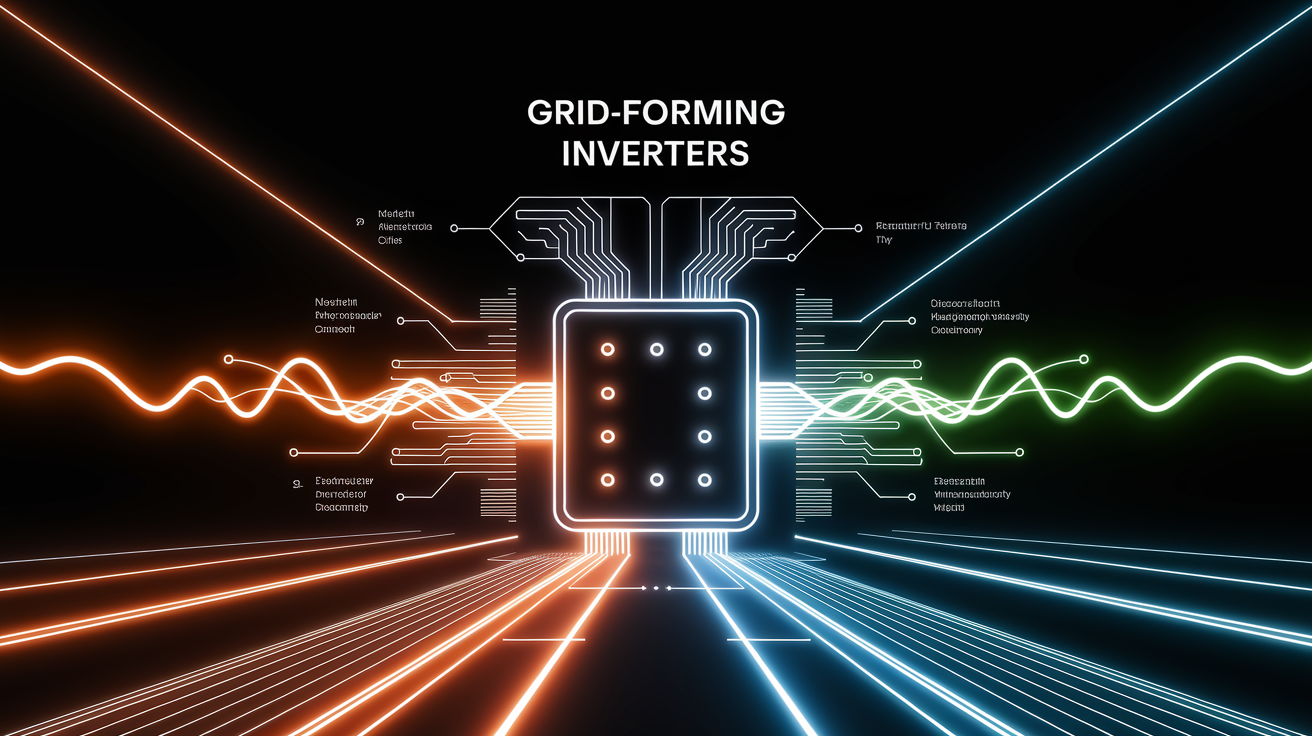Grid-Forming vs Grid-Following Inverters: Choosing the Right Power Player
Power Play Prelude
As renewable energy capacity accelerates worldwide, the demand for intelligent inverter control systems is reshaping the way power flows into modern grids. These systems are more than just converters of DC from solar panels or wind turbines into AC—they are active participants in maintaining power grid stability and enabling grid modernization.

Two dominant approaches—grid-forming inverters and grid-following inverters—differ not only in their operational principles but also in their impact on system resilience, cost, and application scope. Understanding their roles is critical for solar developers, utility planners, and consumers eager to maximize both performance and sustainability.
How Grid-Following Inverters Work
Grid-following inverters are the established workhorses of grid-connected renewable energy systems. They excel in stable grid environments, using sophisticated phase-locked loop (PLL) technology to measure the existing AC waveform and synchronize their output current accordingly. This operational mode is known as “following” because these units rely on an external voltage reference provided by the grid.

Key characteristics include:
- Requires a live and stable grid to operate.
- Injects current in sync with existing voltage waveform for high power conversion efficiency.
- Well-suited for meeting grid code compliance in strong networks with predictable frequency and voltage.
- Limited ability to contribute to frequency regulation or maintain voltage during faults.
In strong grids, such as urban utility networks, grid-following solar inverters deliver cost-effective integration. However, during outages, their inability to set voltage or frequency means they disconnect to avoid islanding.
How Grid-Forming Inverters Work
Grid-forming inverters operate on a fundamentally different principle. Instead of relying on an existing waveform, they create one—acting as voltage source inverters that set both the amplitude and frequency of the AC output.
They use an internal virtual oscillator to generate this reference, which allows them to operate independently or as the anchor in a microgrid technology environment. This capability positions them as critical assets in scenarios where low-inertia grids and high renewable penetration threaten system reliability.

Defining capabilities include:
- Independent voltage and frequency control—similar to synchronous generators.
- Provision of black start capability, enabling recovery from complete outages.
- Voltage and frequency regulation, supporting grid resilience during disturbances.
- Essential for off-grid systems, islanded modes, and weak-grid connections.
Although more complex and costly, manufacturers such as SMA now offer consumer-ready models that facilitate both grid-connected and standalone microgrid operation, making them versatile for diverse distributed energy resource deployments.
Side-by-Side Comparison
| Feature | Grid-Following Inverter | Grid-Forming Inverter |
|---|---|---|
| Voltage & Frequency Control | Relies on external grid reference | Generates and regulates internally |
| Operation in Outages | Automatically disconnects | Can operate and form microgrid |
| Grid Support Functions | Limited (reactive power compensation only) | Full suite including frequency and voltage regulation |
| Cost | Lower upfront investment | Higher due to complexity |
| Application Fit | Strong, stable grids | Weak grids, off-grid, microgrids |
Making the Right Call
The choice between grid-following and grid-forming comes down to the operating environment, project goals, and budget. For centralized solar farms tied into a robust national grid, grid-following inverters offer streamlined integration and competitive efficiency ratings at lower cost. They meet most grid code requirements without the need for additional complexity.
In contrast, for microgrid projects, rural electrification, hybrid renewable-energy-plus-storage systems, or markets facing reduced synchronous generation, grid-forming inverters provide the necessary voltage and frequency leadership to maintain stability. Their ability to supply grid services such as droop control, harmonic distortion minimization, and islanding resilience is invaluable when every watt and hertz count.
Hybrid architectures combining both operating modes are emerging, particularly in smart grid technology, allowing systems to dynamically adapt their grid integration method based on conditions—maximizing efficiency when the grid is strong and maximizing resilience when it is not.
Switching Gears: Final Thoughts
Both inverter types have clear roles to play in the evolving energy landscape. Grid-following inverters will remain essential for large-scale grid-tied renewable projects where stability is supplied externally. Grid-forming inverters, though, are increasingly indispensable for enabling deeper renewable penetration, maintaining power system stability, and unlocking the full potential of energy storage systems in weak-grid and islanded environments.
For system designers, the actionable insight is clear: assess your grid conditions, load requirements, and operational priorities before making the investment. In hybridized, distributed, and increasingly variable grids, the future may belong not to one technology alone, but to systems that intelligently integrate both—ensuring that every renewable kilowatt is not just produced, but powerfully and reliably delivered.







